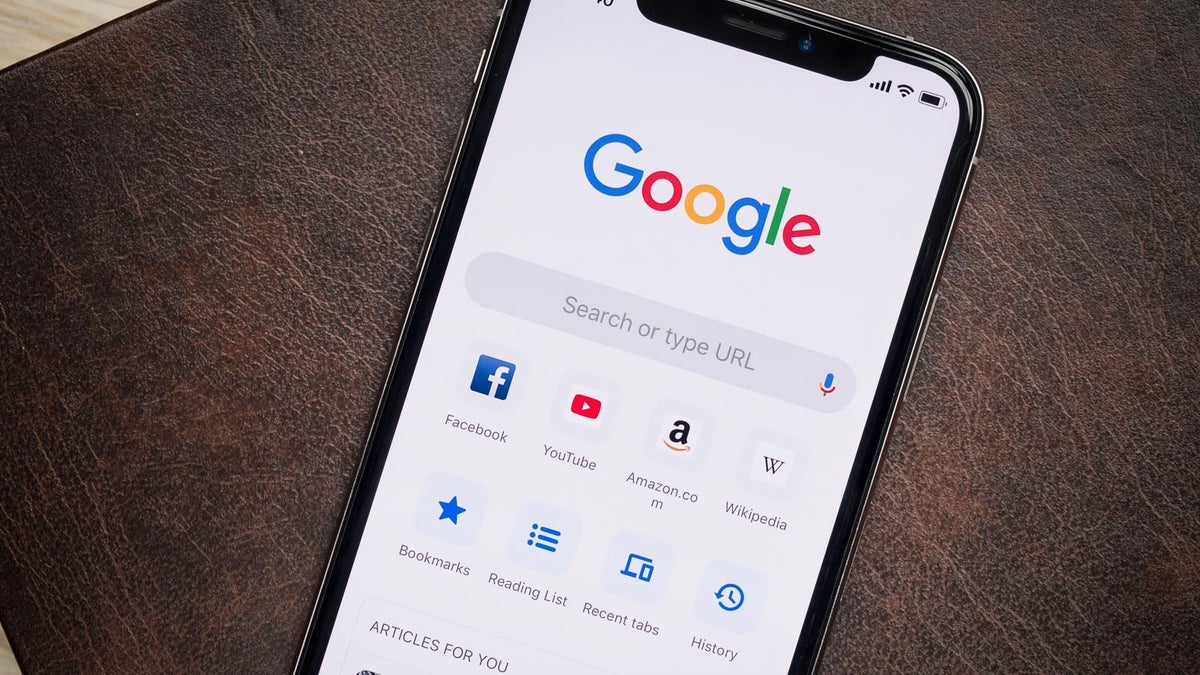It’s World Password Day today and if you haven’t heard about it, it’s celebrated Worldwide to increase awareness on online security and best practices on passwords. While the Internet is abundant with myths about the best password practices, we’ve decided to put together a quick and rational read on how you can secure your passwords henceforth:
1. Don’t Become an Easy Target
List the number of websites that require you to enter your password on it. Your mailbox, social portals, e-banking sites, professional profiles, learning repositories and school id’s, the list is exhaustive. Try not to use the same passwords or a set of the same ones across all these sites. But who the heck can remember so many? It’s simple, try and build an analogy that relates your passwords with the website you are logging on to.
This will help you remember what your password is whilst you set a different password on each site. When you resort to such methods, if your password is stolen, the thief will not have access to other accounts you own, whereas if you used the same password across many sites, he/she is likely to gain access to more information from other sites.
2. Keep your Passwords Personal
It is not uncommon for employees at workplaces to share login id’s and passwords at work. In-fact a lot of us end up sharing some of our passwords with others for some rhyme or reason. While you may trust the person you are sharing your password with, you cannot always be certain it will remain a secret. Since the person doesn’t own your account, he/she will have probably made a note of your login credentials somewhere. If a third-party has access to it, you will have no one to blame but yourself.
3. Don’t Rely on Password Meters
You will find a number of websites that claim to test your password strength for you. These work on preset algorithms that may not necessarily prove useful all the time. Then again such sites save the passwords you enter and market them for a variety of purposes. Like we’ve said, no password is really safe, but you could do your best to make it a tough guess.
4. Opt for multi-layered Security
Many online sites have recognized the need to help you secure your accounts in a better fashion. Like Google, services like Facebook, Instagram and Twitter also request you to register a phone number for a dual verification sign-in. You utilize a One-Time-Password to sign, which is sent to your mobile phone and hence allows for a secured login.
Do not panic when you read the news about passwords being unsafe always. Most hackers have to attempt to access your account repeatedly before they get the combination right. Important portals such as bank sites, social platforms and professional networking sites do not allow repeated errors in attempting access to online accounts. Such sites in-fact freeze your online accounts after a stipulated number of erroneous attempts and send you an email-link to go about releasing its suspension.
5. Bad Practices for Setting a Password
You will find that there is no best method to set a password that can’t be cracked. All you can do is make the hacker’s job difficult. Always ensure that your password is anything between eight and twelve characters long. As common advice goes, add at least one numeral and a character in Uppercase to your passwords. Most websites make this mandatory to safeguard your virtual accounts anyway, but do this even if they do not insist on it. Try to add the numerals in the midst of your new password and not at the end of it. Do not at any cost use your name, those of your loved ones, a birth date, your favorites (color/food/place/animal) or other such personal information as your password.
Your online accounts will remain safe, just be mindful to treat your password like a secret unless it’s utmost necessary to share it with someone else, no matter how trustworthy. Happy & Safe Password Day!



